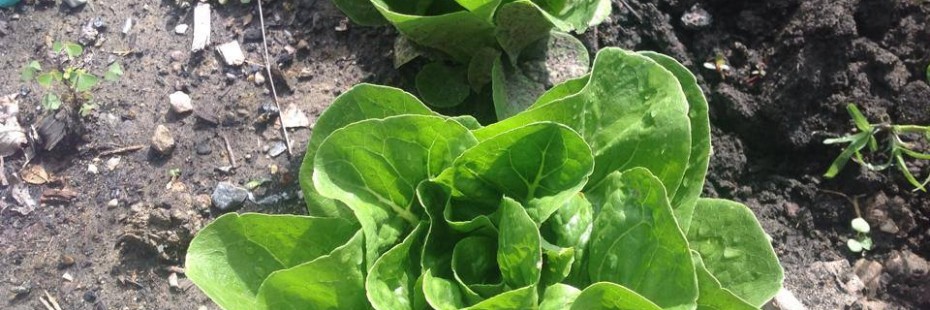Watering Your Way to Healthy Plants
When you have finished planting your seeds, you should water them to help ensure that they germinate properly. The root systems of your sprouting plants will not be very deep, but they also do not have a big body to store water yet. More frequent but shallow watering is the way to go for now until your plants mature. You should lightly water every day that hasn't had a rain within 24 hours for the first couple of weeks. Gradually you should start to increase, by small increments, the amount of water given to the plants during this time. As your plants mature you can transition to heavier watering every 1-2 and then 2-3 days apart except when there is a heavy rainfall. The best time to water is either very early in the morning or later in the evening while the sun isn't very strong to evaporate it away. Water also beads and the curved surface can magnify light, potentially burning the leaves in full sunlight.
Soil will store water and the mature root system will travel downwards to collect it from deeper in the ground where there are more sources of nutrients if the top layers are allowed to be tapped and get a bit dryer. In general, the shallower the root system of a plant, the more frequently you want to water and the lighter those wettings should be. Some crops like beets can root down over 10 feet in the right conditions and are fine for longer periods without water when this happens. You can tell when your soil is properly watered when it just starts to stick a little bit on your finger if you pat it into the soil. The very top layer of soil will usually appear much dryer than the soil below it. This is natural and beneficial. If that top layer were continually moist, water would percolate upwards to be evaporated by the sun until the whole soil was dry. Do not be worried if the soil appears dry, but check if it is down a couple inches and then decide if it really needs watering. To water while in the community garden, please find one of the watering cans in the shed and use rain barrels or any collected water source that you see first as we are trying to minimize our use of municipal water.

